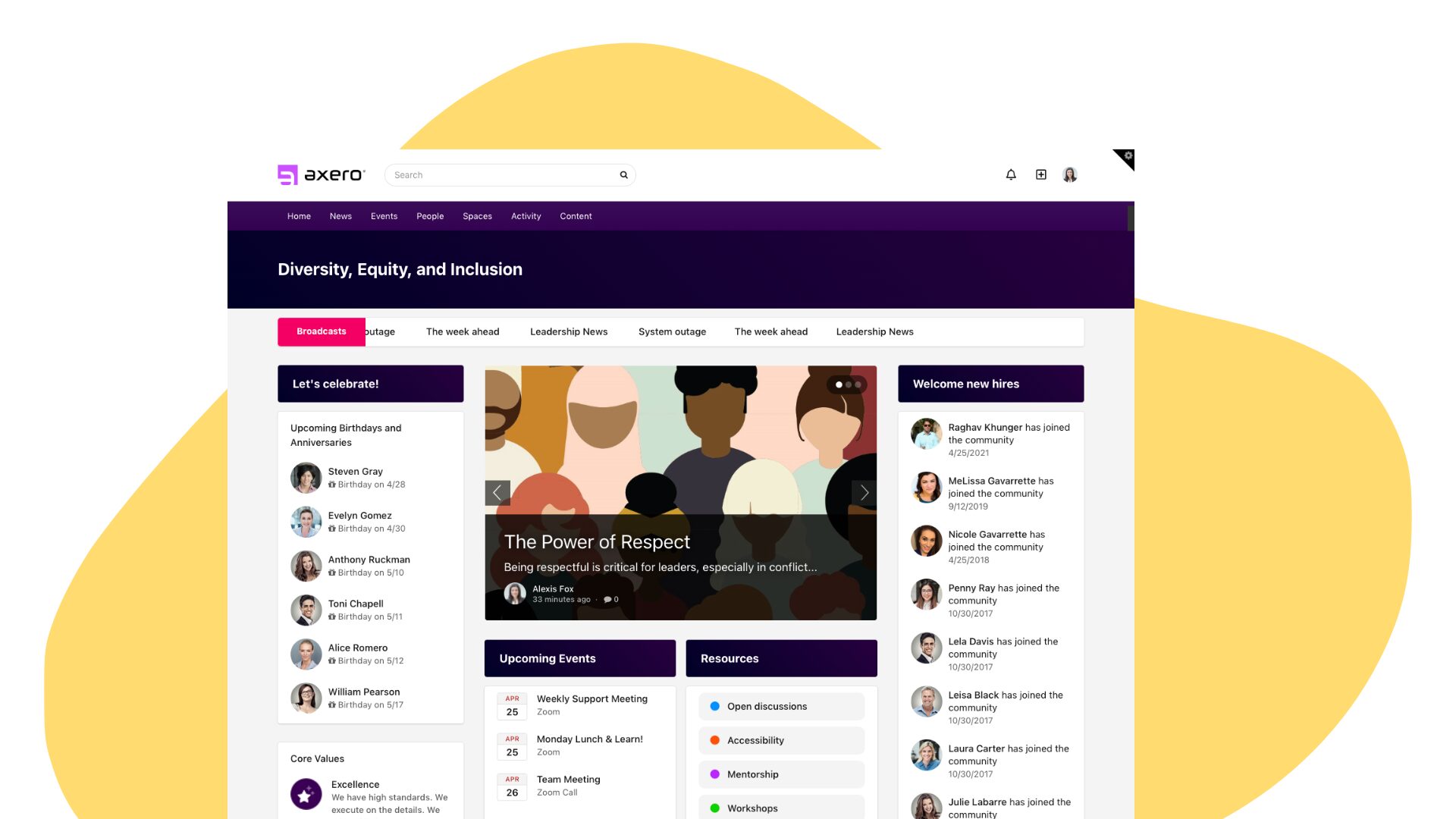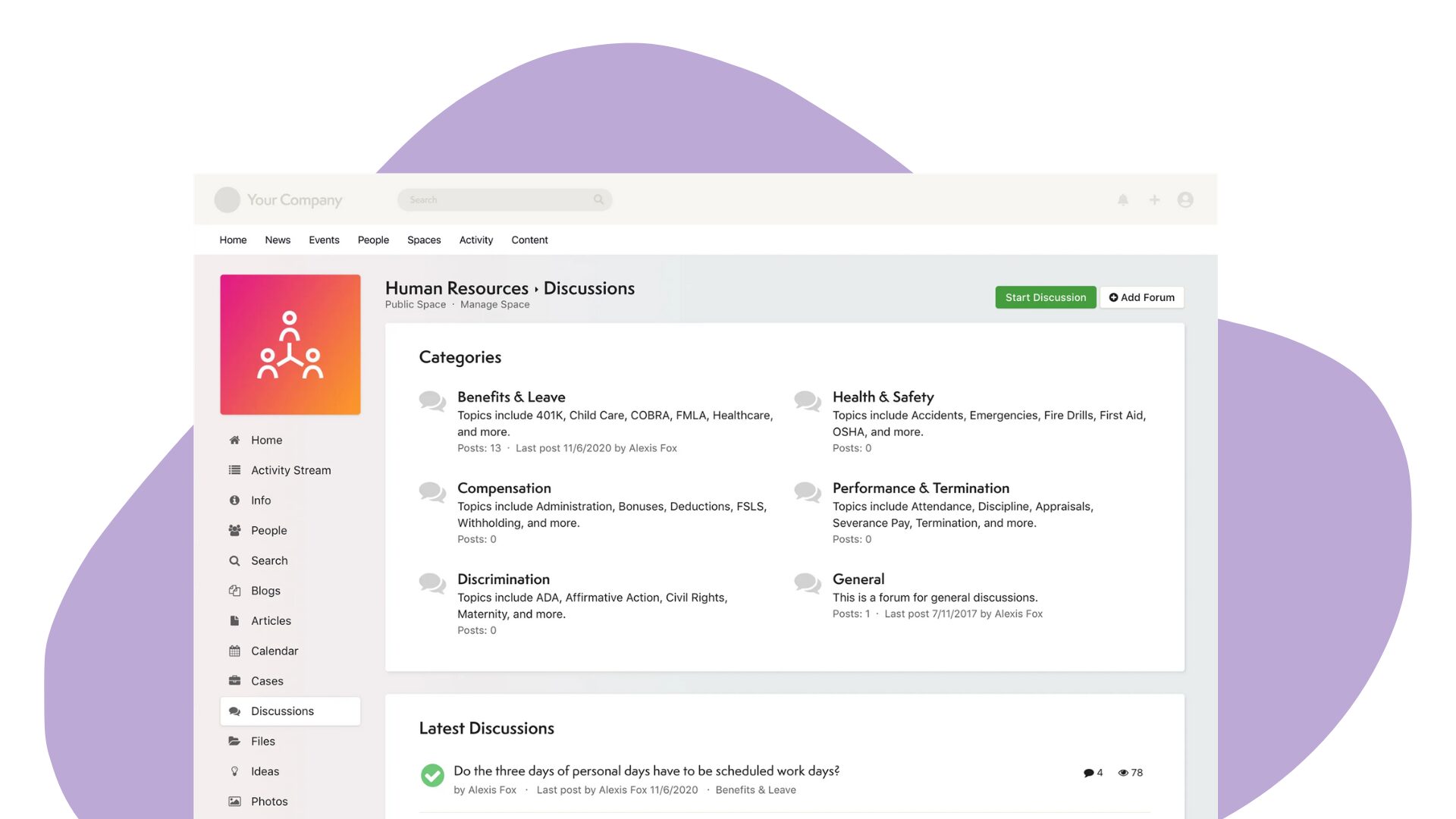
The learning that doesn’t come from having to study a prescribed course, but rather comes from sharing what you know and absorbing what you can learn from others in a collaborative environment.
E-learning is usually associated with the former structured learning modules delivered through learning management systems and e-learning software platforms.
These software platforms are great in the sense that they are geared towards structured learning and are well equipped to measure whether the knowledge has been delivered effectively through tests and other tools.
There is a new competitor in the software arena, equally capable of delivering great learning … can you guess what kind of software this is?
You got it … social networking platforms.
Let’s assume that you are a software developer working on a project assigned to you. In the traditional business online learning environment, one would log in to the learning management system, select the courses relevant to the project requirements (or be assigned courses), go through the content within those modules, and then take a test to measure the learning. The objective is to equip you with the knowledge that you may need, given the tasks you have ahead. The courses and content are professionally designed according to the training and development objectives of the business.
In a similar scenario with a social networking platform, one would typically log in and collaborate with others on a project using the social network as the common working space. If you have questions or seek some information, you simply log into the network, pick the information you need from archived articles, reference documents, FAQ pages, or other content, much the way one would use a library.
Then there are the more interactive options of messaging questions to someone on the network, starting a discussion group, posting a question to a forum, chatting with other humans, and interacting with others to find answers. This format is based on a mentoring system, where just about anyone within the network can assume the role of a mentor and share knowledge.
This sharing based learning is extended, being able to post informative documents, blog posts, videos and links to other sites within the network to share what you’ve learned with others in the group. This in itself makes sure the best content and learning resources available online get shared on the social network, and the site itself becomes a rich resource of knowledge that is there for members to learn from.
Both of these software platforms offer a medium for learning and development, they have their strengths and weaknesses, but it’s worth noting they offer a different form of learning.
LMS offers structured learning, which is more ‘push’ based, and social networks offer ‘pull’ (self service) learning, based on sharing and interaction with others. It can easily be compared to the kind of learning you encounter in a professional institution or that you encounter while working or interacting with colleagues, friends, and other social situations.
In conclusion, both of these kinds of learning are essential to an all round development of knowledge, and both LMS and social networking software platforms will find a place in the learning and development frameworks of businesses.










 info@axerosolutions.com
info@axerosolutions.com 1-855-AXERO-55
1-855-AXERO-55


